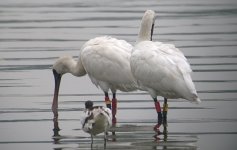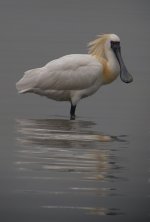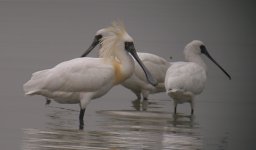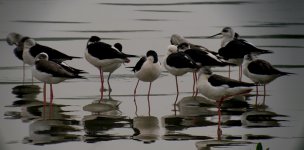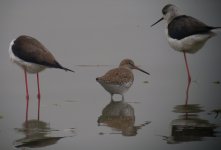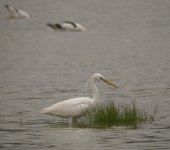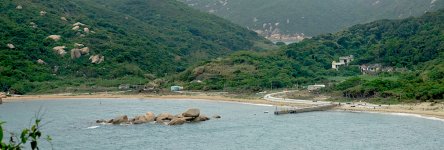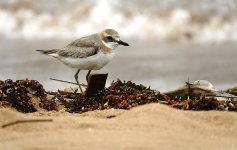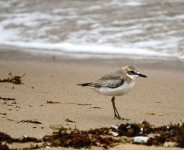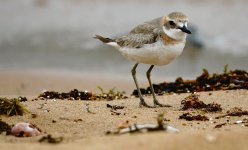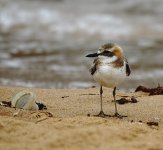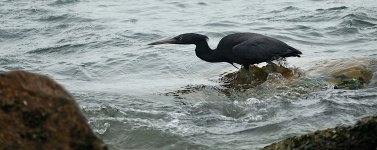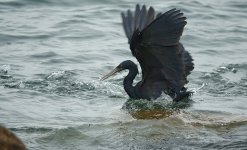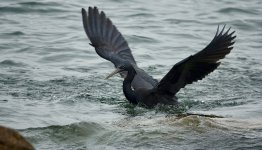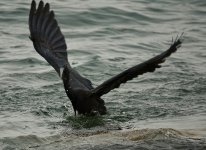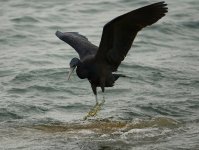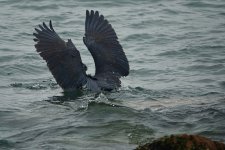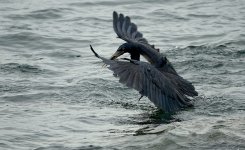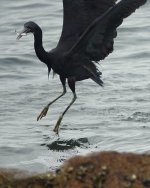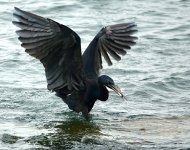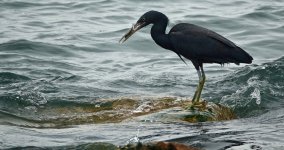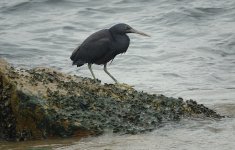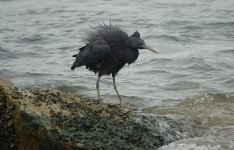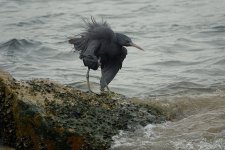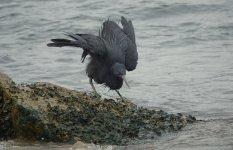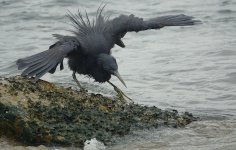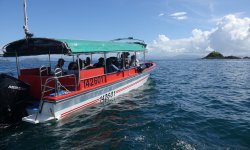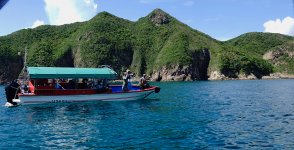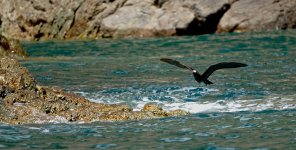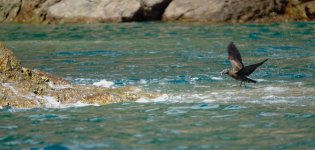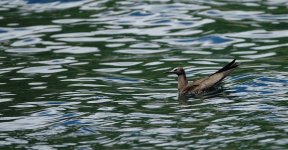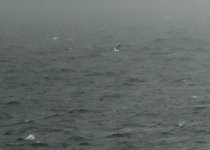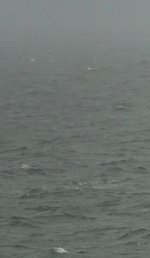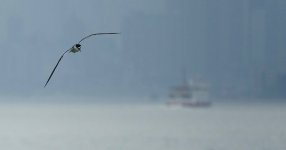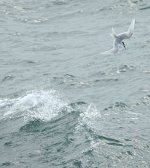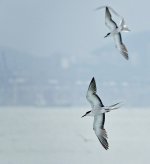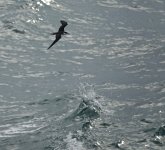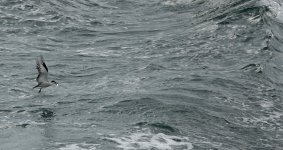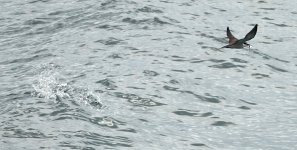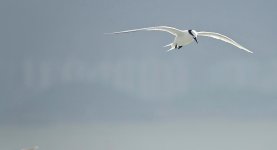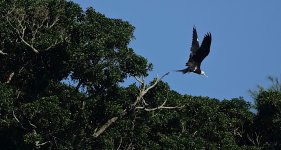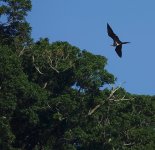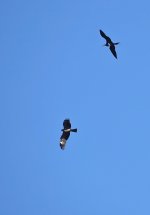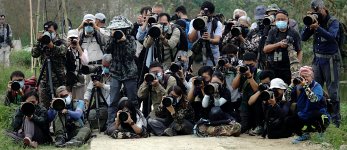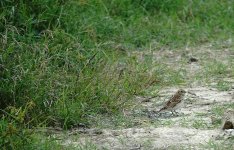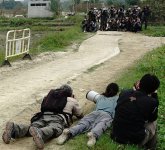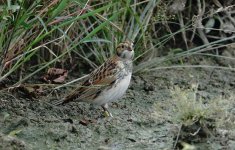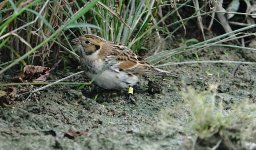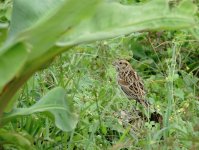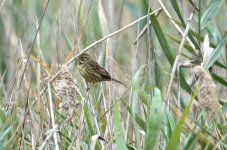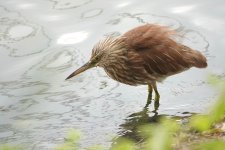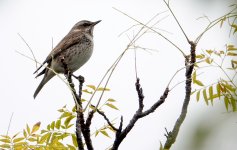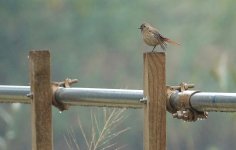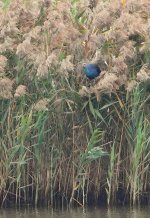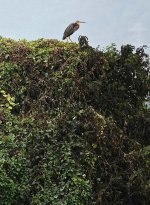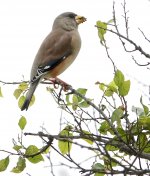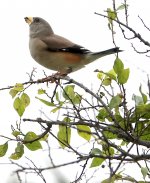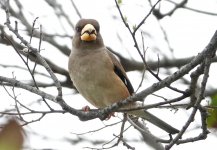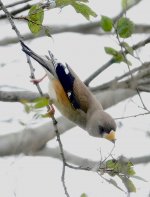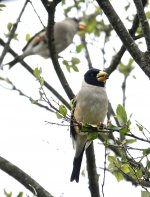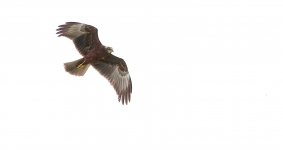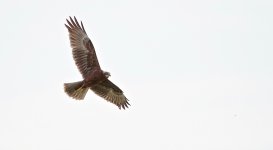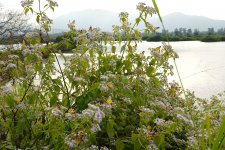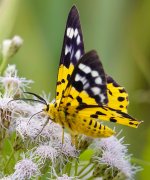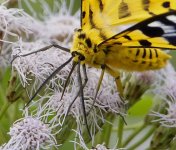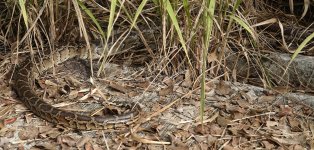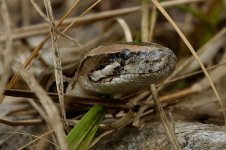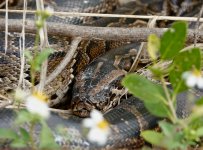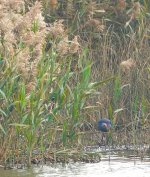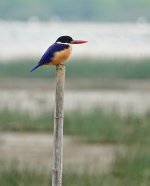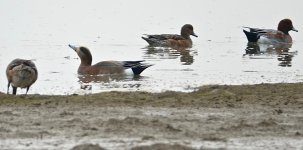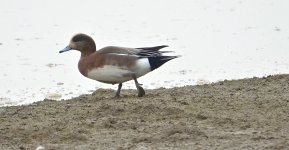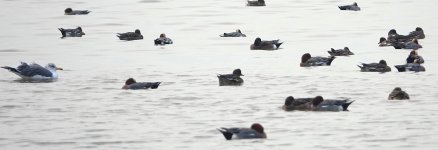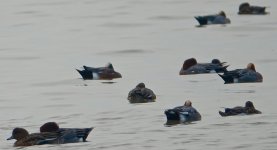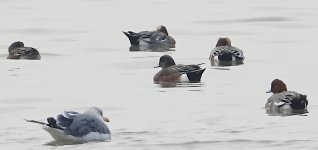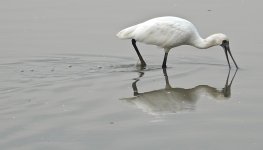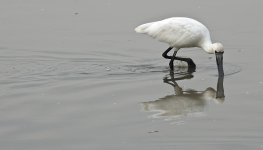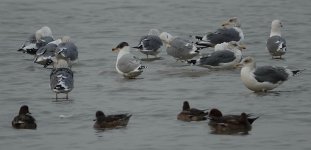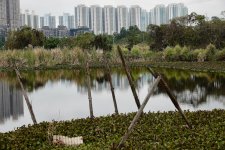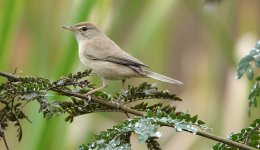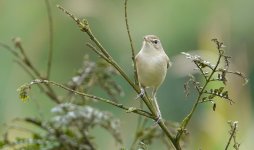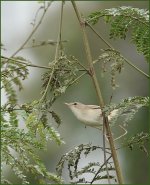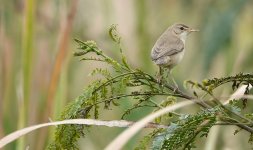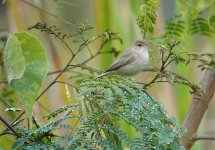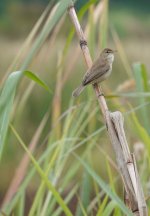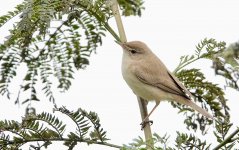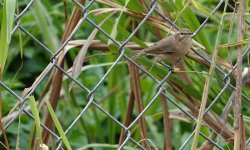MKinHK
Mike Kilburn

A few more Mai Po birds over the last couple of weekends...
Both were little more than smash and grab runs on the Boardwalk, but they did provide an opportunity for some nice shots.
Last weekend Murray Lord - visiting from Australia - and who published an account of a trip to New Caledonia recently was a new BF tick. I also had the wierd and wonderful experience of being gripped off by a stunning display of Taiwanese montane endemics and Kagu (on iPad) while enjoying views of Black-faced Spoonbill and Swinhoe's Egret as the tide washed under the boardwalk hide.
Three of the spoonbills were close enough to read the leg-rings, which gave me the chance to photograph three different birds and enter them into the HKBWS database, which tracks this species throughout the flyway.
E52 was ringed on Gujido Island in S Korea as a juvenile last spring
E35 was ringed on Namjido in S Korea last July and has been recorded nine times since - all in Hong Kong - after arriving on 1st November last year.
E02 was ringed in Suhaam S Korea as a juvenile in 2010. All additional records are from this winter in Hong Kong.
More spectacular than the colour-ringed birds were several adults in full breeding plumage, including this wonderful bird - they are world class birds when the crest is raised! My favourite shot of the day was this group of Black-winged Stilts snoozing as they waited for the tide to drop, but I also enjoyed the look the flat light gave to the ensemble of BW Stilts and a Common Redshank. It looks ideal for a caption competition. Any takers?
As the mud finally emerged the waders that had been roosting inside of the reserve came back in dribs and drabs. Most however did not appear until the tide was well out and they were pretty distant and silhouetted in the flat afternoon light.
Cheers
Mike
I'll write up today's birds in another post
Both were little more than smash and grab runs on the Boardwalk, but they did provide an opportunity for some nice shots.
Last weekend Murray Lord - visiting from Australia - and who published an account of a trip to New Caledonia recently was a new BF tick. I also had the wierd and wonderful experience of being gripped off by a stunning display of Taiwanese montane endemics and Kagu (on iPad) while enjoying views of Black-faced Spoonbill and Swinhoe's Egret as the tide washed under the boardwalk hide.
Three of the spoonbills were close enough to read the leg-rings, which gave me the chance to photograph three different birds and enter them into the HKBWS database, which tracks this species throughout the flyway.
E52 was ringed on Gujido Island in S Korea as a juvenile last spring
E35 was ringed on Namjido in S Korea last July and has been recorded nine times since - all in Hong Kong - after arriving on 1st November last year.
E02 was ringed in Suhaam S Korea as a juvenile in 2010. All additional records are from this winter in Hong Kong.
More spectacular than the colour-ringed birds were several adults in full breeding plumage, including this wonderful bird - they are world class birds when the crest is raised! My favourite shot of the day was this group of Black-winged Stilts snoozing as they waited for the tide to drop, but I also enjoyed the look the flat light gave to the ensemble of BW Stilts and a Common Redshank. It looks ideal for a caption competition. Any takers?
As the mud finally emerged the waders that had been roosting inside of the reserve came back in dribs and drabs. Most however did not appear until the tide was well out and they were pretty distant and silhouetted in the flat afternoon light.
Cheers
Mike
I'll write up today's birds in another post
Attachments
Last edited:




